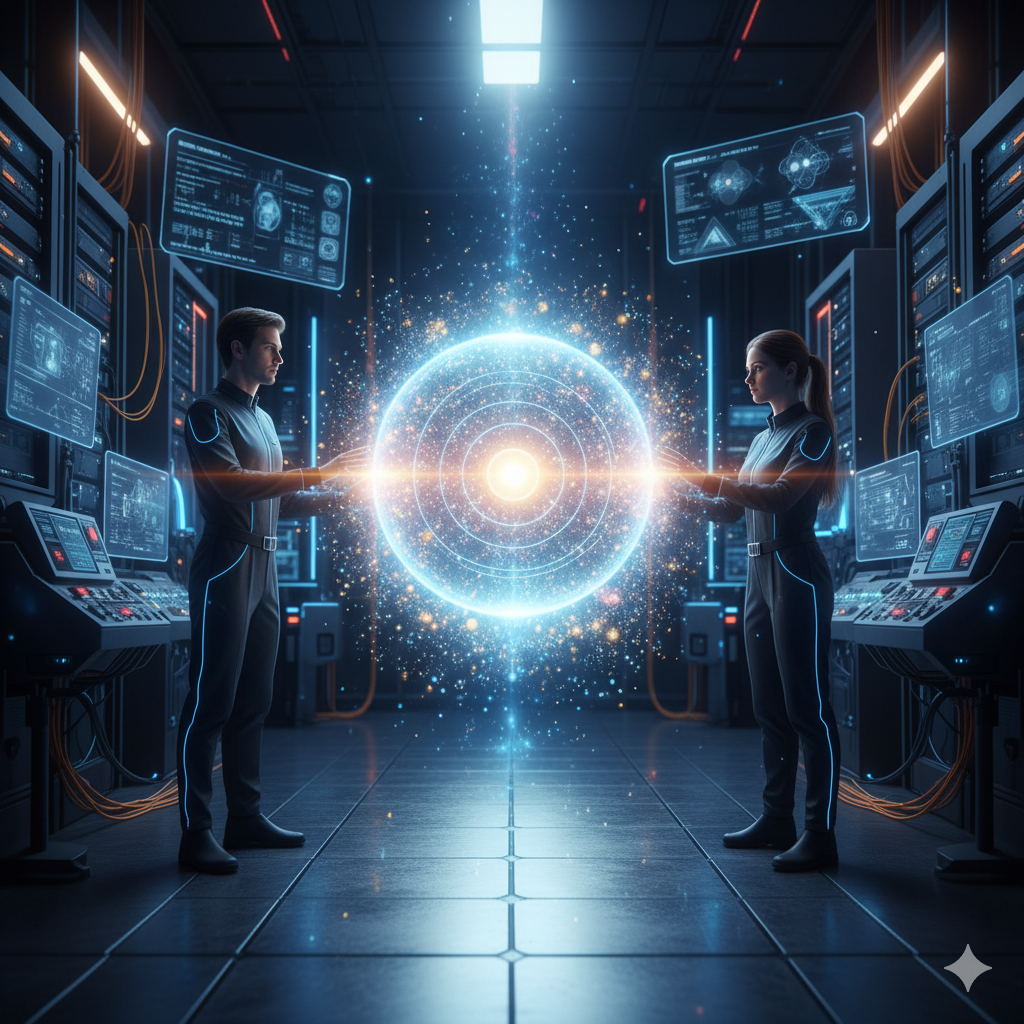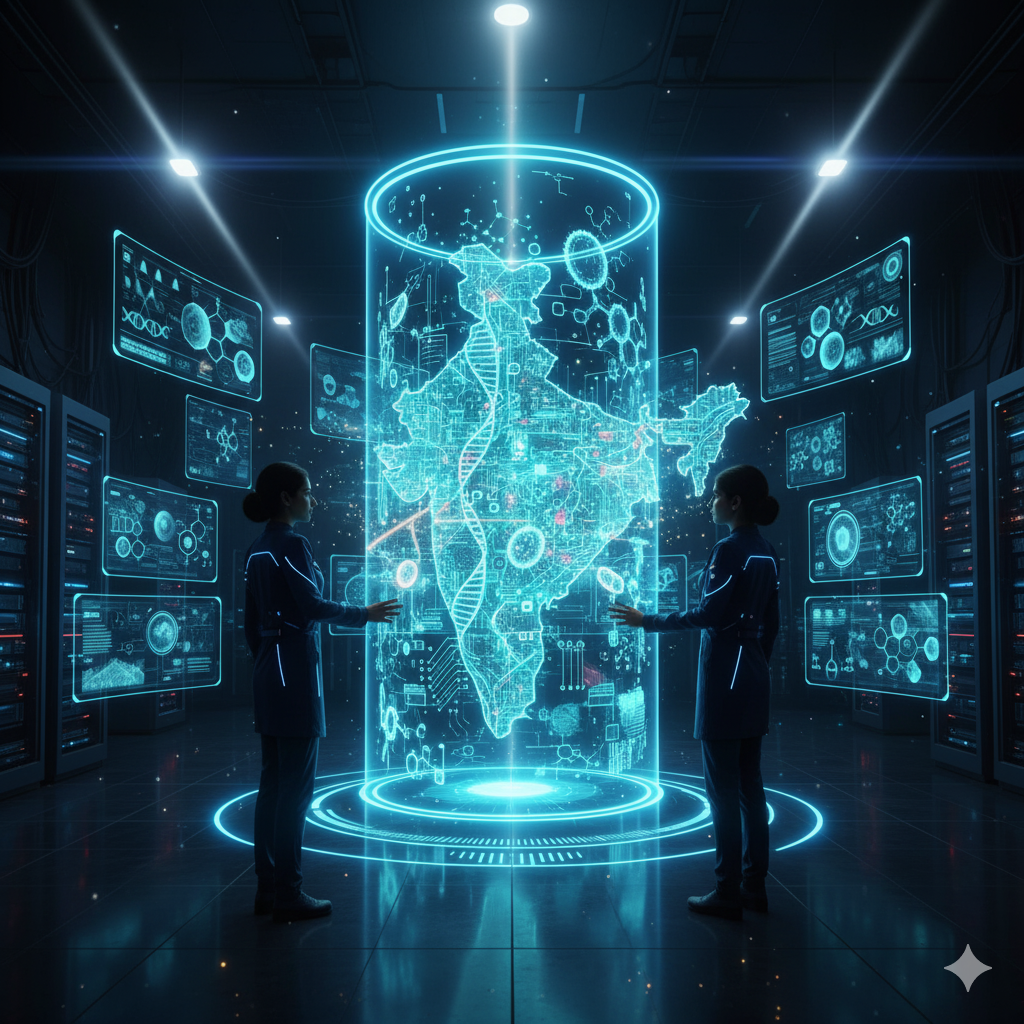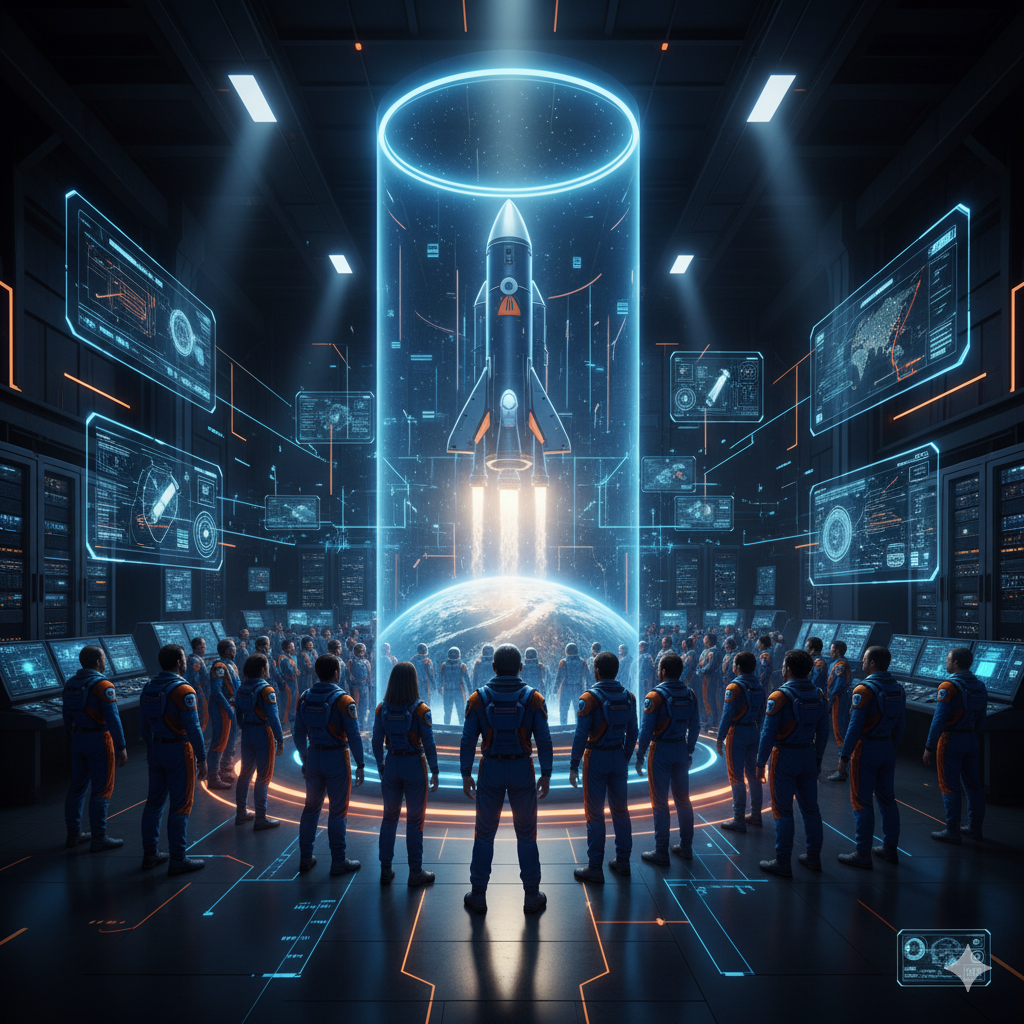Introduction
Dreams have fascinated humanity for centuries, serving as a mysterious window into the subconscious mind. From ancient civilizations interpreting dreams as divine messages to modern psychologists like Sigmund Freud and Carl Jung analyzing them as manifestations of repressed desires, dreams have always carried profound significance.
But a new question has emerged in the 21st century: Can we actually record our dreams? With advancements in neuroscience, brain imaging, and artificial intelligence (AI), scientists are now closer than ever to decoding and even reconstructing dream content. This article explores the science behind dream recording, the technologies being developed, the ethical debates surrounding this frontier, and what the future might hold.
The Science of Dreaming
Before diving into dream recording, it’s essential to understand what dreams are and how they form in the brain.
- Sleep Stages and REM
- Sleep occurs in cycles, each lasting about 90 minutes, consisting of Non-Rapid Eye Movement (NREM) and Rapid Eye Movement (REM) stages.
- Most vivid and story-like dreams occur during REM sleep, when brain activity resembles wakefulness.
- Brain Regions Involved in Dreaming
- Occipital lobe: Visual imagery.
- Amygdala: Emotional processing.
- Hippocampus: Memory recall and integration.
- Prefrontal cortex: Logical reasoning (less active during dreams, which explains bizarre dream logic).
- Neurochemistry of Dreams
- Neurotransmitters like acetylcholine, dopamine, and serotonin fluctuate during sleep, shaping dream vividness, mood, and recall.
Thus, dreams are complex neurological phenomena, not random mental noise, making them theoretically possible to decode.
The Concept of Dream Recording
“Dream recording” refers to the process of capturing and reconstructing dream content—whether through visual imagery, brainwave patterns, or neural data analysis.
- Unlike video recording, dream capture doesn’t involve external cameras.
- Instead, it relies on monitoring brain activity and using computational models to translate that data into images, text, or sounds that represent the dream.
This concept has long been part of science fiction, but recent research shows that it may soon be reality.
Scientific Breakthroughs in Dream Recording
Several experiments and technologies are bringing dream recording closer to reality:
1. Functional Magnetic Resonance Imaging (fMRI)
- fMRI measures brain activity by detecting changes in blood flow.
- In 2013, Japanese researchers at Kyoto University successfully reconstructed rough images of dreams by matching fMRI patterns with a database of visual images.
- They could predict objects like “house,” “person,” or “car” in dreams with remarkable accuracy.
2. Electroencephalography (EEG)
- EEG tracks electrical activity in the brain.
- While less precise than fMRI, it is more portable and affordable.
- Researchers are developing EEG-based algorithms to decode dream-related neural signatures in real-time.
3. Machine Learning and AI
- AI plays a critical role in dream reconstruction.
- By training deep learning models on brain scans and corresponding images, AI can “guess” what a person is seeing or imagining.
- Recent studies suggest AI could be trained not only on visual imagery but also on emotions, speech, and movement within dreams.
4. Lucid Dreaming Interfaces
- In lucid dreams, individuals are aware they are dreaming and can control aspects of the dream.
- Scientists have experimented with external signals (like flashing lights or sounds) to communicate with lucid dreamers, enabling dreamers to send responses during sleep.
- This opens the possibility of interactive dream recording.
Potential Applications of Dream Recording
If dreams can be captured or reconstructed, the implications are vast:
- Mental Health Therapy
- Dream analysis could help in diagnosing and treating PTSD, depression, or anxiety.
- Patients could replay traumatic dreams in controlled therapy sessions to overcome phobias.
- Creativity and Innovation
- Dreams often inspire artistic and scientific breakthroughs.
- Recording dreams could provide writers, musicians, and inventors with raw creative material.
- Communication with Non-Communicative Patients
- Dream decoding might help locked-in patients or those in a coma express themselves.
- Dreams could become a new form of subconscious communication.
- Personal Memory Enhancement
- Dreams often integrate fragments of daily life and memory.
- Recording them could improve learning, memory recall, and even serve as a “mental diary.”
- Entertainment Industry
- Future films or video games might be generated directly from human dreams.
- Personalized “dream experiences” could revolutionize storytelling.
Challenges and Limitations
Despite the exciting progress, dream recording faces significant obstacles:
- Complexity of the Brain
- Dreams are not just visual; they include emotions, sensations, and abstract concepts.
- Capturing this full spectrum is extremely challenging.
- Individual Variability
- Each brain processes information differently.
- AI models must be customized for individuals, limiting large-scale application.
- Data Accuracy
- Current reconstructions are blurry, vague, and often only partially accurate.
- Translating subconscious thought into precise visuals is still far away.
- Technical Limitations
- fMRI machines are expensive and not practical for everyday use.
- Non-invasive, portable alternatives are still under development.
Ethical and Social Concerns
The ability to record dreams also raises serious ethical questions:
- Privacy Invasion
- Dreams reveal highly personal thoughts and desires.
- Who owns dream data—the dreamer or the researchers?
- Consent Issues
- Could governments, corporations, or law enforcement misuse dream data?
- Unauthorized dream access could become a dangerous tool of surveillance.
- Psychological Risks
- Reliving disturbing or traumatic dreams could worsen mental health.
- Dependence on dream recording might blur the boundary between reality and imagination.
- Commercial Exploitation
- Advertisers could use dream data to target subconscious desires.
- Dream content could be sold or manipulated for profit.
The Future of Dream Recording
Despite challenges, the trajectory of science suggests dream recording may eventually become reality.
- Short-Term Future (Next 10–20 Years)
- Improved EEG and AI models may enable partial dream reconstructions.
- Dream diaries could be augmented by brain data, helping with memory and therapy.
- Mid-Term Future (20–50 Years)
- Portable dream recording devices could become available.
- Advanced brain-computer interfaces might allow people to edit, share, or replay dreams.
- Long-Term Future (Beyond 50 Years)
- Fully immersive dream capture and playback could exist.
- Humans may even engineer dreams for learning, creativity, or entertainment.
- This could blur the line between waking life and dream worlds.
Dream Recording in Culture and Science Fiction
The idea of dream capture is not new; it has inspired numerous works of art and fiction:
- Movies: Inception (2010) imagined shared dreamscapes and dream manipulation.
- Literature: Philip K. Dick and other sci-fi authors explored dreams as alternative realities.
- Technology Predictions: Futurists often cite dream recording as a key frontier in human-machine integration.
Science is now catching up to these once-imaginary possibilities.
Conclusion
So, can we really record our dreams? The answer is: partially, but not fully—yet.
Current technology allows scientists to capture rough outlines and categories of dream imagery, but full, movie-like dream recording remains a future possibility. As neuroscience and AI evolve, dream capture may revolutionize mental health, creativity, communication, and entertainment.
However, the ethical implications cannot be ignored. Protecting privacy, consent, and mental well-being must remain at the center of this technological pursuit.
Dreams have always been one of the most personal and mysterious aspects of human life. Recording them could unlock profound opportunities—but also risks reshaping the very nature of our subconscious minds. The future of dream recording will depend not only on science and technology but also on humanity’s wisdom in handling such power.




